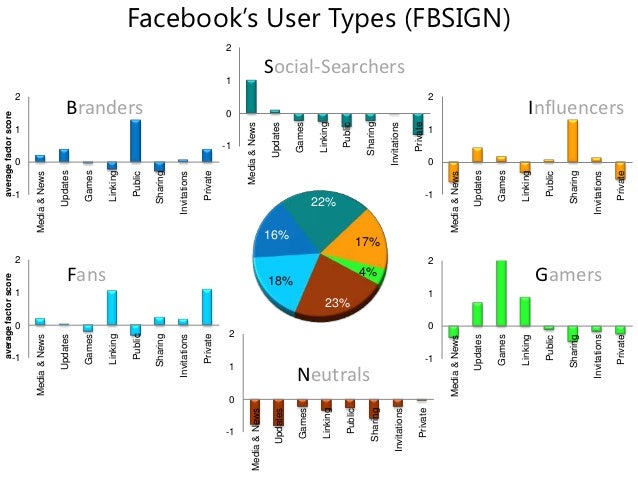

* Change your video source to just be your desktop and set up a pattern sequence. Actually the DLP stopped showing up anything at all at 115Hz setting. 8bits pattern each with duration of 16ms. Unless I also lower the DLP setting to reflect 60Hz i.e. * Lower the video frame rate down to 60Hz. I've been talking to more people who used Psychopy and trying more things out.Īt graphic card setting of 16bits and 100Hz and DLP setting with a single 8bits pattern for 9ms, here are the answers to your question: But if I make Psychopy to log the frames, there's no dropping.Īs you probably know, I'm pretty stuck for now. And I see that frames skipped from time to time as shown on the oscilloscope, and when this happens there's a jump in the actual luminance on the projected screen, which I don't have a picture /video for as it's hard to capture. Meanwhile, I use a photodiode to read from the screen, and I can see the photodiode reading from an oscilloscope. The projector and the screen with the rectangle on.
#Psychopy picture size code
I used Psychopy to code a rectangle that covers the screen, and set the contrast of that rectangle to change from 1 & -1 every frame. The projected screen is set as an extended monitor of the desktop.
#Psychopy picture size windows
One thing I've noticed is that whenever I close/open windows on the desktop, the projector also flashes as the windows are opened/ closed. You'll definitely want your video source frame rate (VSYNC) to be the same or longer than your pattern exposure. One thing you could do is to play with the frame rate of your video source a bit and see if that solves your issue. Right now I believe that there is more than likely that the unexpected behavior is happening on the video generation side of things, but it is difficult to say. It would be helpful if you'd be able to attach a video or pictures of what you are seeing. If you set your current graphics card to 16bit output I don't see why you should have a problem on the EVM side of things. The TFP401 can handle up to 24bit input with up to WUXGA resolution (1920x1200). That's true of the DLPC350 controller, but not the EVM because the EVM uses the TFP401. The Lightcrafter 4500 EVM is designed with a video front end deserializer, the TFP401: As I spent a little more time thinking about your issues, I realized that I was incorrect when I said that the EVM will only take 24, 27, or 30bit inputs. I assume there's something about the input stimulus I need to consider in relation to the DLP pattern settings. I also tried setting the graphic card to 912x1140 100Hz 32bits and the flickering becomes a lot slower. The problem is that sometimes I get longer/ missing flickering. I measure the flicker with a photodiode, and on the oscilloscope, I see on and off every 10ms. frame 1, contrast = 1 frame 2, contrast = -1. The psychopy pattern is flickering every frame, e.g.
#Psychopy picture size software
Then, I generated pattern with a python based software called psychopy, which is generating the pattern with R,G &B. In pattern sequence mode, I added in a single blue pattern 8bits, pattern duration 9ms, pattern period 9ms.

My graphic card is set to 912x1140 100Hz 16bits. I want to use the DLP to project at 100Hz with only one color (preferably blue).

# create aggregate stimulus (should look identical)īuffs = visual.I figured out the resolution issue. Imglist = [visual.ImageStim(win = win, image = 'tmp.jpg', # create five images with (probably) unique positions This takes longer to initialize, but may be faster than drawing individual images (I haven't timed it properly). If you are willing to cede control over properties of individual images, one way would be to use BufferImageStim. To draw the images at the same time, you could just loop through the image list and call the draw() method on each element, e.g.: for i in imglist: Each time the buffers flip, unless you tell it otherwise via win.flip(clearBuffer = False), the previous things on the screen are removed. Your original code only drew one image at a time because of how the loop was set up - it was (more or less) saying "For each element in circles, draw several things and flip the front and back buffers".


 0 kommentar(er)
0 kommentar(er)
